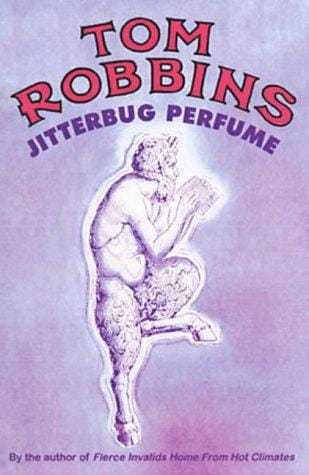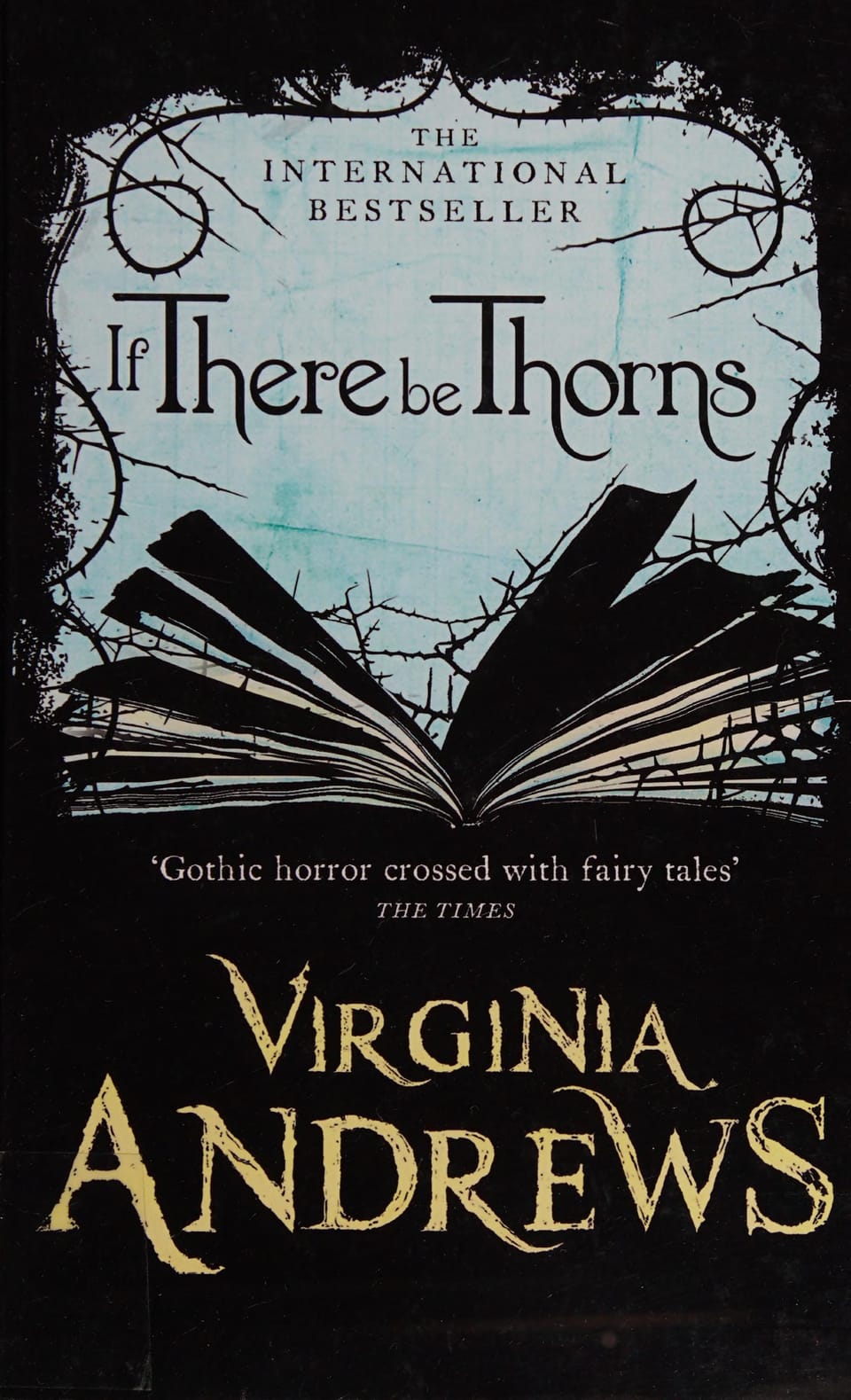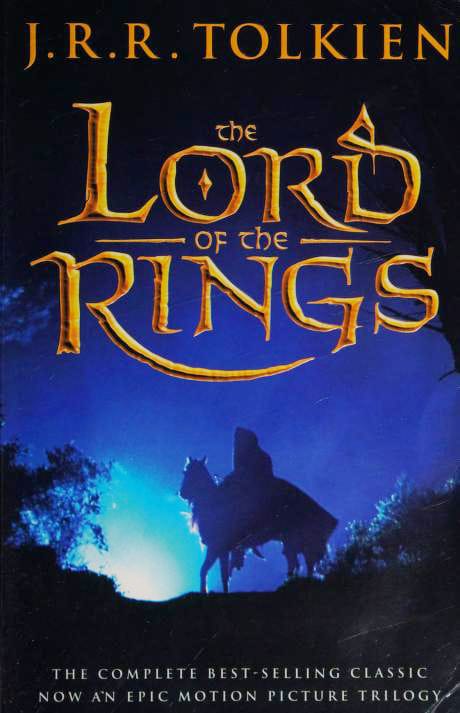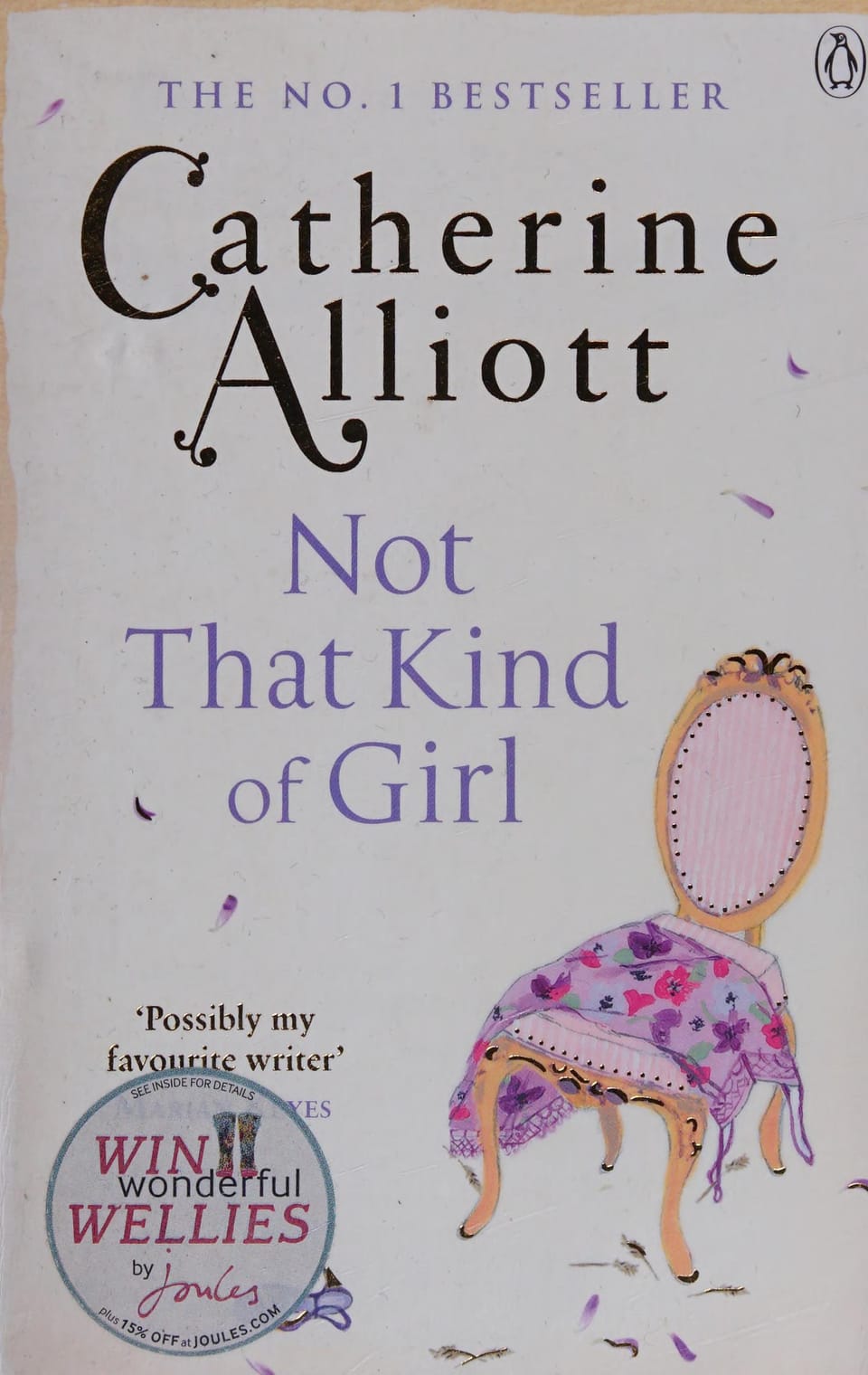Exploring "Flowers in the Attic": Plot, Themes, and Legacy
An in-depth look at V.C. Andrews’ Flowers in the Attic, covering its plot, dark themes, controversy, adaptations, and the reasons it remains a gothic classic.
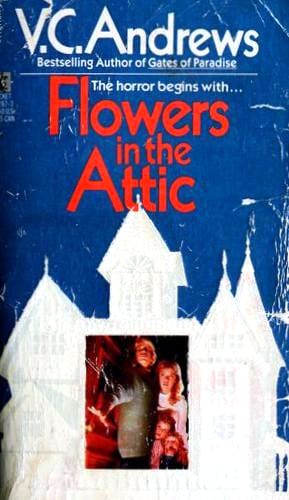
Introduction to Flowers in the Attic
V.C. Andrews’ 1979 bestseller, Flowers in the Attic, burst onto the literary scene with a lurid premise and an unforgettable cast of characters. Marketed as gothic horror but infused with family drama, the novel follows the Dollanganger children—Chris, Cathy, and twins Carrie and Cory—who are hidden away in their grandparents’ attic after their father’s sudden death. The book’s blend of forbidden romance, claustrophobic suspense, and shocking revelations propelled it to the top of bestseller lists and cemented it as a pop-culture touchstone.
Brief Plot Summary
At its core, Flowers in the Attic tells a nightmare fairy-tale about innocence betrayed. After financial ruin, the children’s mother, Corrine, moves them to Foxworth Hall, her estranged parents’ palatial estate. She promises the confinement is temporary while she wins back her dying father’s favor—and his fortune. Days stretch into years, and the attic becomes both prison and playground. As Corrine’s visits grow sporadic and her motives darker, the children must fend for themselves against starvation, abuse, and the twisted rules imposed by their fanatically religious grandmother. The older siblings’ desperate need for comfort ultimately crosses taboo lines, fueling the book’s enduring notoriety.
Major Themes and Motifs
Flowers in the Attic is more than a sensational plot; it explores themes of betrayal, isolation, and the corrupting nature of greed. Corrine’s transformation from grieving widow to calculating heiress illustrates how the pursuit of wealth can erode morality. Isolation is depicted through the children’s physical imprisonment and their emotional retreat into a private world where normal boundaries blur. Andrews also scrutinizes the legacy of generational sin, showing how secrets and shame echo down family lines, trapping victims in a cycle of pain.
The Gothic Atmosphere
Gothic conventions saturate the narrative: a sprawling mansion with locked rooms, a malignant matriarch, storm-lashed nights, and creeping dread. Andrews’ florid descriptions of dust-moted sunlight, mildewed dolls, and the children’s withering garden of paper flowers inside the attic deepen the sense of decay. This atmosphere amplifies the psychological terror, reminding readers that the most frightening monsters can be those bound by blood.
Controversy and Cultural Impact
Upon release, the novel faced censorship attempts for its depiction of incest, child abuse, and religious extremism. Yet the controversy only fueled sales; by the mid-1980s it had sold millions of copies worldwide. Flowers in the Attic opened the door for mainstream fiction to tackle taboo subjects more openly, influencing authors such as Virginia Andrews’ own ghostwriter Andrew Neiderman and spawning an entire subgenre of “family secrets” sagas that dominated paperback racks for decades.
Film and Television Adaptations
The story’s cinematic potential quickly attracted Hollywood. A 1987 film offered a toned-down version of events, while Lifetime’s 2014 adaptation embraced the darker elements and spawned sequels covering the rest of the Dollanganger series. Each screen retelling has introduced new audiences to the chilling narrative, proving its adaptability and ongoing relevance.
Character Analysis
Cathy, the novel’s narrator, evolves from sheltered child to fiery survivor, her ballet dreams symbolizing a longing for grace amid confinement. Chris embodies rational hope, studying textbooks and plotting escape. Corrine’s mother, Olivia Foxworth, personifies rigid religious hypocrisy, wielding scripture as a weapon. These multidimensional characters invite readers to question how circumstance and choice intertwine, and whether innocence can truly endure cruelty.
Why Flowers in the Attic Still Resonates
Four decades later, the book continues to captivate because it taps into universal fears: loss of parental protection, betrayal by loved ones, and the struggle to maintain identity under oppression. Modern readers also find relevance in its commentary on how appearances can mask systemic abuse, a theme echoed in today’s discussions about toxic family dynamics and inherited trauma.
Reading Tips for New Audiences
If you’re approaching Flowers in the Attic for the first time, remember that it reflects the era in which it was written. Some language and attitudes may feel dated, yet the emotional stakes remain potent. Consider pairing your read with critical essays on gothic literature or with memoirs about resilience to deepen your understanding of the novel’s psychological layers.
The Book’s Lasting Legacy
Beyond its sequels—Petals on the Wind, If There Be Thorns, Seeds of Yesterday, and Garden of Shadows—the novel’s legacy includes inspiring countless authors to explore taboo topics through a gothic lens. Publishers still use the book as a benchmark for pitching dark family sagas, and references to the Dollangangers appear in everything from TV dialogue to pop songs. Such cultural saturation underscores its status as a modern gothic classic.
Conclusion
Flowers in the Attic endures because it merges sensational storytelling with timeless questions about love, power, and survival. Whether you view it as shocking melodrama or a poignant diary of endurance, the novel demands reflection on how far people will go to secure freedom and affection. That haunting attic, filled with both literal and figurative flowers, continues to lure readers into its shadows, ensuring V.C. Andrews’ most famous work will bloom for generations to come.
